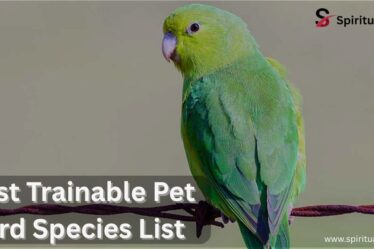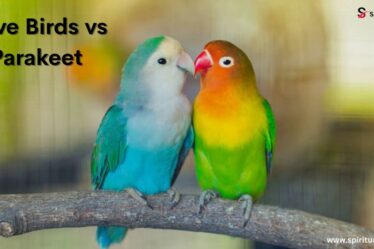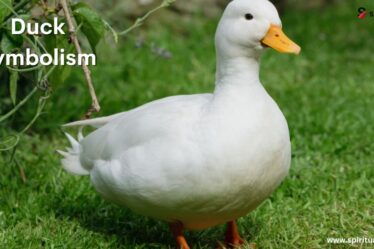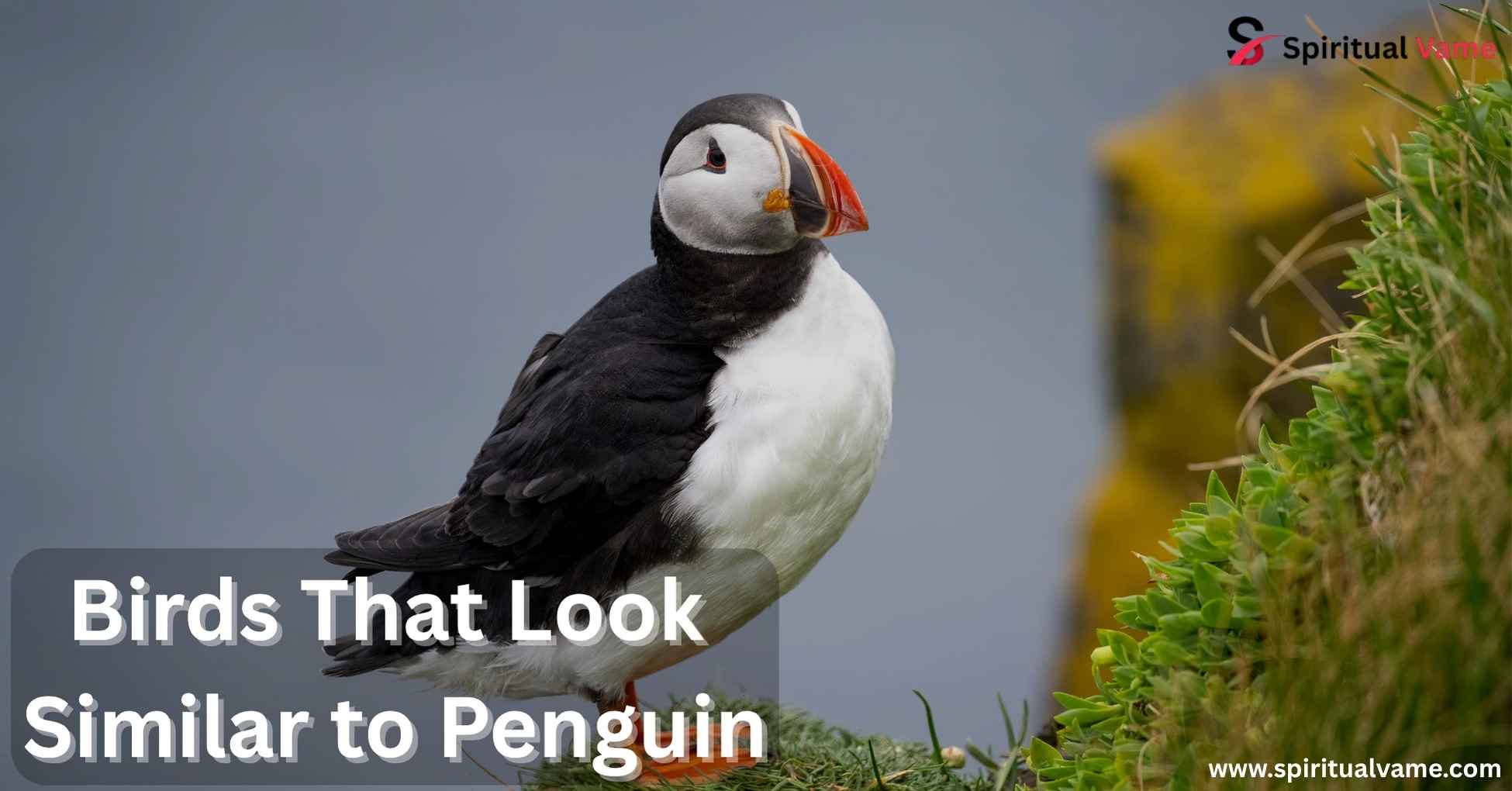
Penguins are some of the most recognizable birds in the world. Their black-and-white feathers, upright walk, and cute waddle make them stand out. But did you know there are birds similar to penguin even though they aren’t penguins at all? These look-alike birds live in totally different places and have some surprising traits.
This article explores birds similar to penguin, including puffins, murres, and razorbills. While they may seem similar at first glance, they can actually fly—something penguins can’t do. You’ll learn how these birds live, where they’re found, and why they look so much like penguins. Nature is full of amazing copycats, and these birds are great examples.
List of Birds Similar To Penguin
Common Murre
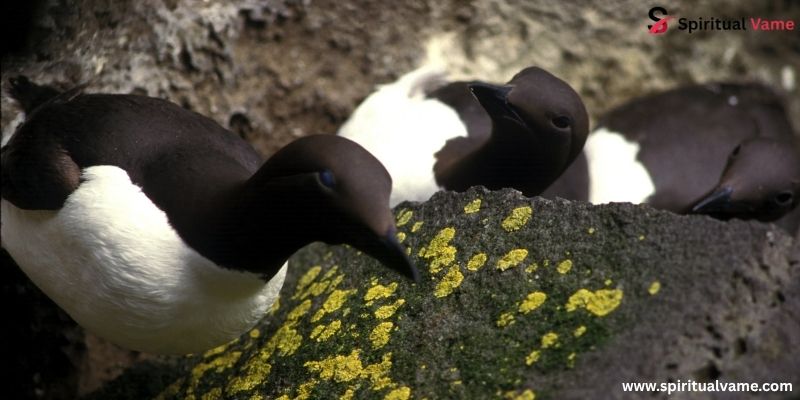
The Common Murre (Uria aalge) is one of the best penguin look-alikes found in the North Atlantic Ocean and North Pacific waters. These seabirds have black backs and white underbellies, giving them that classic “penguin suit” appearance. But here’s the twist—they can fly. Murres use their strong wings to glide through the air and also flap them underwater to chase after fish like capelin, herring, and sprats. Their flight may seem clumsy, but underwater, they move with grace and speed.
They build dense colonies on steep cliffs in places like Látrabjarg, Grímsey, and the Farne Islands. These spots provide safety from predators like gulls and skuas. A female murre lays just one egg directly on the rock ledge, no nest required. The egg’s pear shape helps prevent it from rolling off the edge. After about a month of incubation, the chick hatches and stays with the parents for a few weeks before taking a wild leap into the sea below.
Razorbill
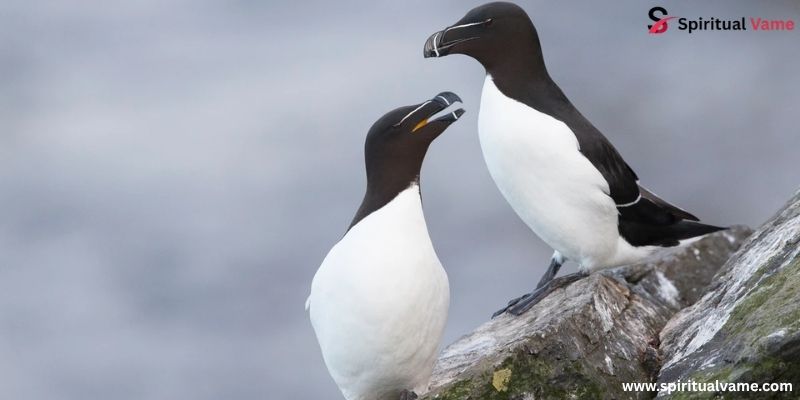
The Razorbill (Alca torda) is another striking species that people often mistake for penguins. Native to the North Atlantic, they’re found nesting on coasts from Newfoundland to the British Isles. Their name comes from their thick, sharp black beak with a white line—like a natural pinstripe. Razorbills are powerful swimmers, using their wings like flippers to dive deep and hunt small fish and crustaceans.
These birds tend to nest on rocky ledges, similar to murres. Their breeding season begins in late spring, and like many seabirds, they form pair bonds and raise a single chick each year. Colonies can be spotted on Funk Island, Witless Bay, or even Cape St. Mary’s in Canada. Razorbills have a relatively long lifespan for seabirds—often living over 15 years in the wild.
Boobies
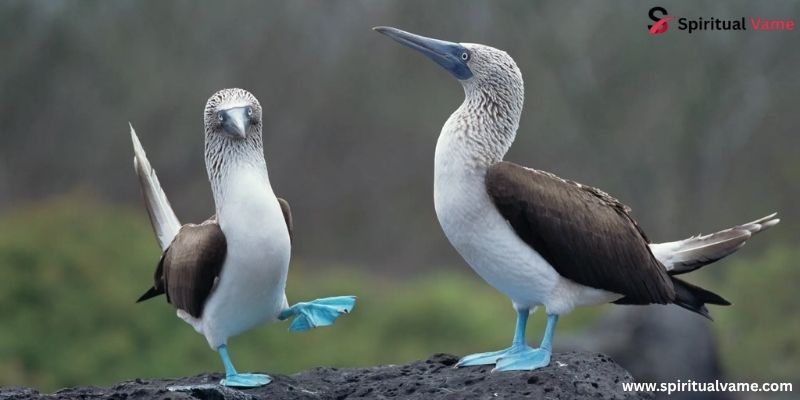
Yes, they have a funny name, but boobies are serious flyers and divers. The most famous species, the Blue-Footed Booby, is a tropical seabird that shares some features with penguins—such as white plumage, black markings, and incredible diving skills. However, they stand out thanks to their vivid blue webbed feet, used in courtship displays that are just as colorful as the birds themselves.
Blue-Footed Boobies aren’t found in cold regions like Greenland or Iceland. Instead, they thrive in warm tropical climates, particularly around the Galápagos Islands. Unlike penguins, boobies are graceful in flight and use their keen eyesight to hunt from above before plunging into the ocean after fish like sardines and anchovies. They’re strong fliers and social nesters, often forming colonies on remote islands and laying eggs in simple ground scrapes.
Puffin
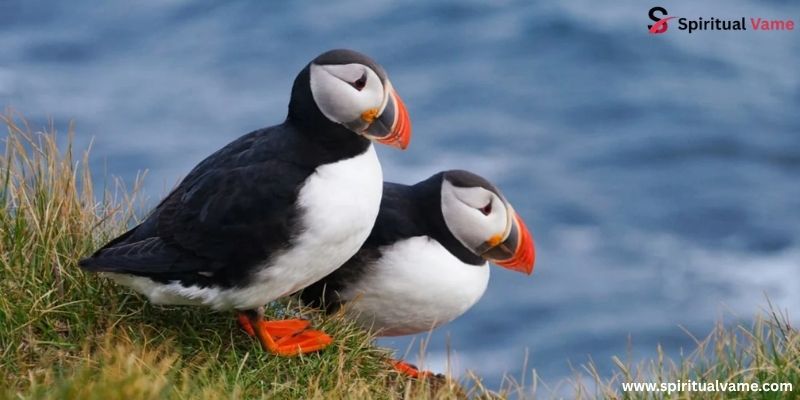
The beloved Puffin (Fratercula arctica) is perhaps the most penguin-like bird in the Northern Hemisphere. These small seabirds are known for their colorful, triangle-shaped beaks that brighten during the breeding season. Puffins have black upper bodies, white faces and bellies, and orange webbed feet—an iconic combo that sparks instant comparisons to penguins.
Puffins live in the North Atlantic on cliffs and islands from Maine to Scotland, including hotspots like Skomer Island, Bempton Cliffs, and Baccalieu Island. They nest in burrows or crevices, often returning to the same site year after year. Although they look like penguins, puffins can fly—flapping their wings at an astonishing rate of up to 400 beats per minute. Their underwater hunting style is just as impressive, chasing down sandeels, capelin, and other small fish.
Great Auk
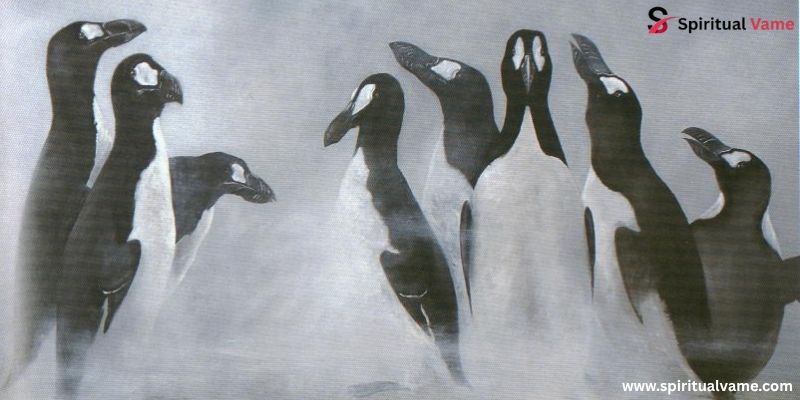
The extinct Great Auk (Pinguinus impennis) was the closest thing the Northern Hemisphere ever had to a real penguin. Unlike puffins or murres, the Great Auk was flightless. Its large size, upright stance, and swimming prowess made it a textbook example of convergent evolution. These birds were once common along coasts of Iceland, Newfoundland, and Scotland, especially on isolated islands like Funk Island and Grímsey.
Sadly, the Great Auk was hunted to extinction by the mid-1800s for its feathers, meat, and oil. Scientists like Storrs L. Olson, William A. Montevecchi, and Errol Fuller have studied their anatomy and fossils to better understand their place in avian evolution. The Great Auk’s legacy lives on in museums and scientific literature, including publications from the Royal Belgian Institute of Natural Sciences and Oxford University Press.
Auklets
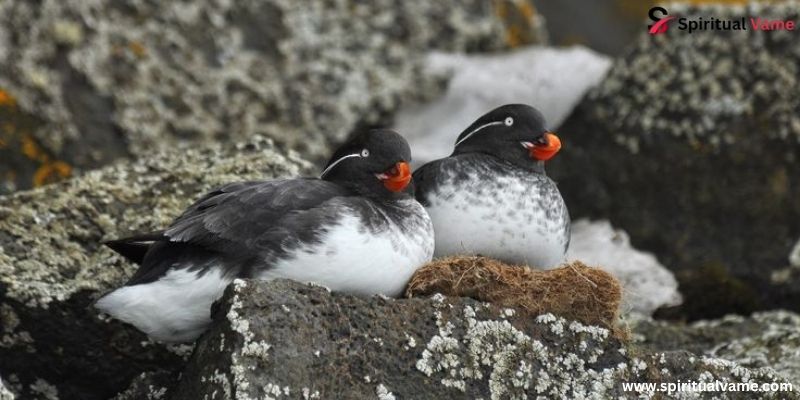
Auklets are small seabirds found mostly in the North Pacific, from Alaska to Japan. Although smaller than puffins or murres, they still wear that familiar black-and-white suit. Auklets nest in burrows or boulder crevices and often live in large colonies. They’re known for their comical looks and rapid wingbeats as they fly just above the waves.
These birds feed on plankton, polychaetes, and tiny fish. Unlike penguins, auklets are strong fliers, but like penguins, they rely heavily on their diving ability to forage. Some species, such as the Whiskered Auklet, even use their facial feathers as sensory tools to navigate dark nesting sites.
Guillemots
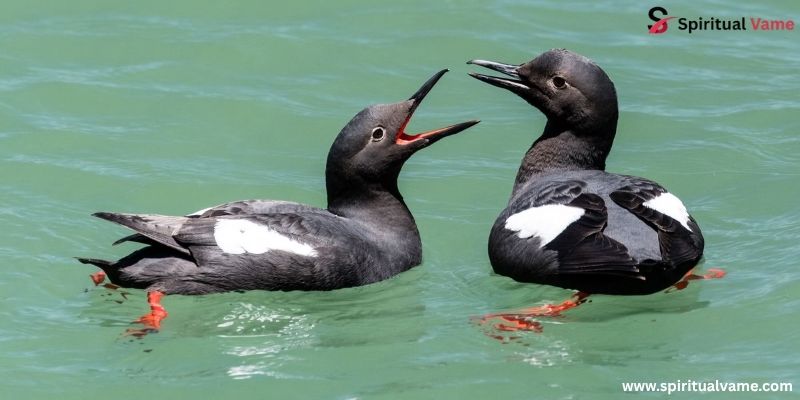
Guillemots, closely related to murres, also deserve a place on this list. These birds, found in the North Atlantic and North Pacific, have slender bodies, dark backs, and white bellies. They’re remarkable divers, able to plunge over 100 feet underwater using their wings like paddles.
Guillemots build their nests on vertical cliff faces in places like Heligoland (Germany) and St Kilda (Scotland). A single, elongated egg is laid directly on the rock, just like the murres. Their diet includes fish like sand lance, sculpins, and cod. Scientists have studied their behavior extensively, particularly their vocalizations, parental care, and migration patterns across the Barents Sea and Labrador Sea.
Birds That Look Like Penguins
Many birds that look like penguins do so not because they’re related, but because of similar environments. They need to survive cold oceans, dive deep for fish, and nest on rocky cliffs. These conditions drive convergent evolution, where unrelated species like the Common Murre, Puffin, or Razorbill develop similar body shapes, plumage, and behaviors. Their coloration helps with countershading—dark on top to blend with the ocean and white below to match the sky from underwater.
Unlike penguins, however, these birds can fly. Penguins evolved in the Southern Hemisphere, while most of these look-alikes are native to the Northern Hemisphere. So while they might share looks, their family trees are very different in the world of taxonomy and classification.
Is a Puffin a Type of Penguin?
It’s a common mistake to think a Puffin is a type of penguin. After all, they both have black and white feathers, waddling walks, and expert diving skills. But no, puffins are not penguins. Puffins belong to the auk family and are classified under Fratercula arctica, living in areas like Canada, Greenland, and the British Isles.
In contrast, penguins are part of the Spheniscidae family and live mostly in the Southern Hemisphere, including Antarctica, South Africa, and Australia. Puffins can fly (though not elegantly), while penguins are strictly flightless. Their nesting habits also differ—puffins use burrows, penguins use rocks or ground scrapes. So while they may look like distant cousins, they’re worlds apart.
Is a Murre a Type of Penguin?
Just like puffins, murres are also mistaken for penguins, especially when spotted from a distance. Their upright posture and black-and-white color make it easy to get confused. But murres—classified under Uria aalge—are flying seabirds native to the Northern Hemisphere, including coasts along New England, Norway, and Canada.
Penguins, on the other hand, belong to a completely different genus and live in the Southern Hemisphere. Murres lay eggs on narrow cliff ledges and can dive over 600 feet deep. While they mimic penguin behavior, their biology, distribution, and mating systems are different. They’re a perfect case of how similar environments can shape unrelated species in strikingly similar ways.
What Other Birds Are Mistaken for Penguins?
You’re not alone if you’ve spotted some birds similar to penguin. Several birds often confuse casual observers:
- Little Auk (Alle alle): This small Arctic seabird is found in cold waters and shares the same black-and-white coloring. They can fly short distances and dive for food like plankton.
- Razorbill (Alca torda): Already discussed above, razorbills are great divers and often confused with penguins due to their chunky build and sharp beak.
- Blue-Footed Booby: Known for its bright blue feet and graceful dives, this tropical bird looks nothing like a penguin when flying—but quite similar when perched or swimming.
Conclusion
Nature has a clever way of repeating itself. Whether it’s in the icy waters of the Arctic or the tropical coastlines of the Pacific, birds like murres, puffins, razorbills, and auklets have all taken on a penguin-like look. While penguins remain unique to the Southern Hemisphere, these birds similar to penguin thrive in the Northern Hemisphere, adapting their plumage, diving style, and social behaviors to survive. Some are still with us. Others, like the Great Auk, are only remembered through fossils and museum exhibits. But all are proof that evolution works in mysterious—and often beautiful—ways.

